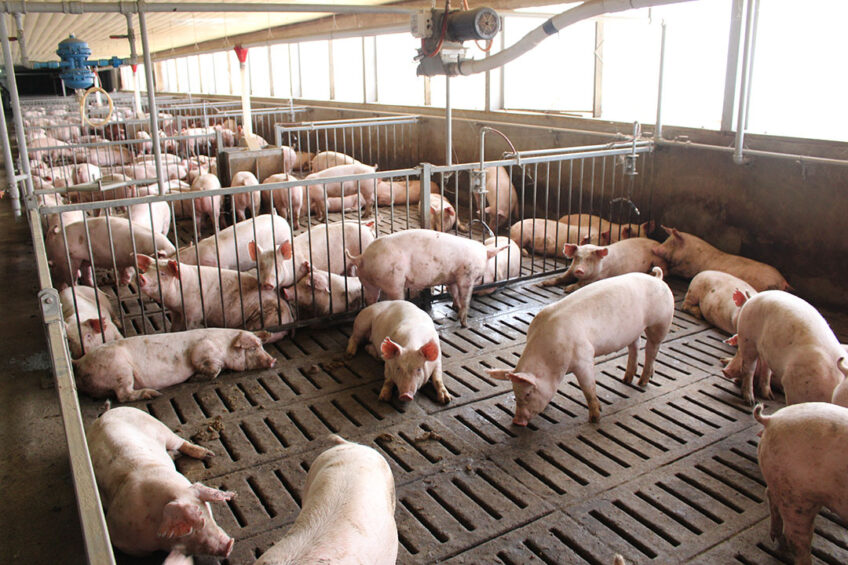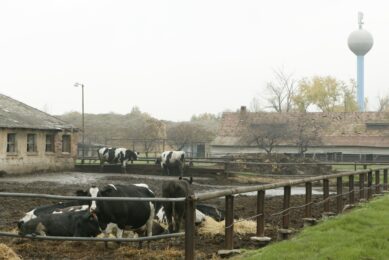ASF Philippines: A country on the road to recovery

In terms of African Swine Fever (ASF), things appear to get under control in the Philippines. Reports show that active cases of ASF are declining and confined to less than 1% of the nearly 3,000 villages that recorded outbreaks since the first cases were detected in 2019. That happens as testing of an ASF vaccine is underway in the Philippines.
The Philippines has been hit hard by ASF outbreaks since 2019. This has forced the country to ramp up pork imports to address an acute domestic shortage. The Philippines Department of Agriculture (DA)’s Bureau of Animal Industry (BAI) highlighted that, since mid-2019, the ASF virus has affected pig farms in 2,981 barangays, in 579 cities and municipalities, mostly in Luzon. “The incidence peaked in August 2020, with 1,773 positive samples”, said BAI director Reildrin Morales.
“To date, 484 cities and municipalities have not reported ASF cases for at least 3 months, of which 74 have no reported cases for 3-6 months, and 410 have no cases for more than 6 months,” Morales added.
In a Reuters report, DA’s spokesman Noel Reyes said during a news conference that active cases are declining and now confined to just 22 villages. And according to government data, the number of positive samples in August was the lowest in 12 months.
Efforts behind the declining ASF cases
For the declining ASF cases, credit is given to the strong government support and its collaboration with several stakeholders, namely: Local government units, pig farmer organisations, pig farmers, private sectors, veterinary groups, and academic institutions.
“The government has launched a 29.6 billion pesos (US$ 586 million) programme to boost local pork production focusing on pig repopulation, extending financial assistance to pig raisers, and strengthening biosecurity to control the spread of the virus”, the Reuters report highlighted.
Philippines on track for pork meat surplus
Experts believe that the falling ASF infections coupled by the government-funded restocking programme is putting the Philippines on track to being able to produce a domestic surplus of meat from 2023 forward. The restocking programme consists of 3 components:
- Calibrated repopulation, worth 400 million pesos (US$ 8 million);
- Establishment of multiplier farms, worth 200 million pesos (US$ 4 million); and
- Pig insurance premium subsidy, worth 272 million pesos (US$ 5.5 million).
In addition, supported by the Land Bank of the Philippines and the Development Bank of the Philippines, the DA through its Agricultural Credit Policy Council (ACPC) has established a loan programme for backyard producers, and micro and small enterprises. As of July 30, 2021, the ACPC has lent 119.5 million pesos (US$ 2.4 million) to 1,274 small pig farmers and MSEs.
Green zones and testing of ASF vaccine
Agriculture secretary William Dar said ACPC will infuse an additional 300 million pesos (US$ 6 million) for lending to pig producers in ASF-free areas or so called “green zones.”
Another promising development is the current testing of 2 vaccines against ASF in 10 commercial pig farms, results of which were expected to come in any moment.
Also in Vietnam, they are working on an ASF vaccine. What is going on there?
Pig production targets
Several agribusiness firms have engaged into partnership with the government to revive the country’s pig industry. In a briefing, the Agriculture Secretary thanked 2 major firms for their distinct involvement in the revival process. The 2 firms are Univet Nutrition and Animal Healthcare Company (UNAHCO) and Charoen Pokphand Foods Philippines (CP Foods).
Reports show that CP Foods has committed to produce an additional 600,000 finishers in 2022, comprising one-fifth of the total 3 million decrease in pig population since 2019. The company also plans to buy at least 300,000 metric tonnes of yellow corn from farmers’ groups for its feed mill business.
From 2021 to 2023, the DA targets to produce 440,563 breeders and 10.5 million finishers. This is expected to benefit 115,800 pig farmers and provide insurance coverage for 15.6 million finishers.
Benefiting from the sentinel programme
By 2023, the DA aims to declare 90% of previously affected barangays as “ASF-free,” and thus released from quarantine. DA National Livestock Program director, Dr Ruth Sonaco, said that 8,000 pig farmers in 8 regions will initially benefit from the sentinel programme, with each receiving a package of 3-5 piglets, feeds, and veterinary drugs. “They will also get technical assistance from their respective local government units. Their respective areas will be released from quarantine when no ASF incidence is detected in 40 days,” Dr Sonaco added.
However, it remains to be seen whether the country will completely detach itself from the troublesome ASF and meet both its local pork demand and export potential.











